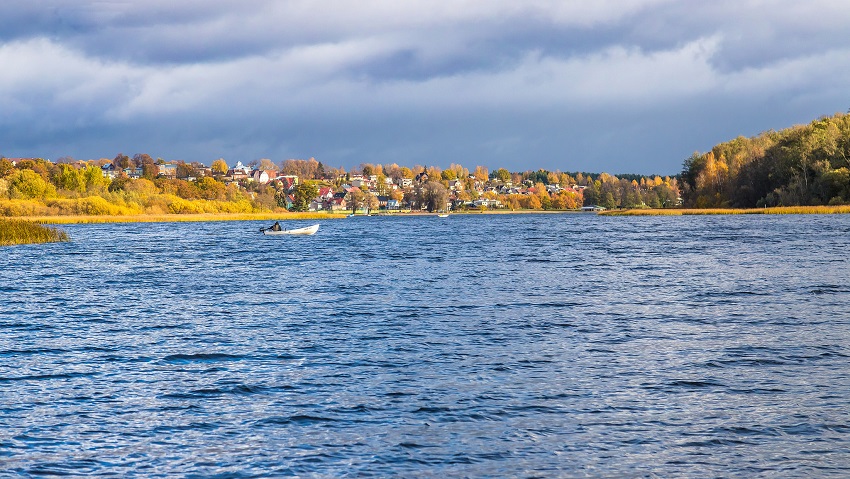The role of the European Environment Agency is to provide reliable and independent environmental information on Europe

Established in 1990, the European Environment Agency (EEA) is the European Union’s body responsible for providing reliable and independent environmental information. The European Environment Agency is an important source of information for environmental policy makers, implementers, evaluators, and the general public. As at 2022, the European Environment Agency has 32 member countries and six cooperating countries.
The EEA collects environmental information across Europe and uses it to help the EU and its Member States make informed decisions to improve the environment and achieve sustainable development. For the pan-European collection of environmental information, the EEA coordinates the activities of the European Environment Information and Observation Network (Eionet) in cooperation with national focal points. The latter are usually environmental agencies or ministries of the environment. These bodies coordinate national networks composed of numerous bodies.
In Estonia, the contact authority is the Environment Agency. The contact person is Indrek Laas (Indrek.Laas@envir.ee). There are contact persons in turn for every environmental field (biodiversity, water, ambient air, etc.).
Every five years, the European Environment Agency draws up the State of the Environment Report (SOER). The latest overview – SOER 2020 – was published at the end of 2019.
The EEA’s main customers are the European Union institutions and the agency’s member states. In addition to political decision-makers, important users of the information include business and academic circles, NGOs, and other members of the civil society.

EIONET
Launched in 1994, the European Environment Information and Observation Network (Eionet) is a partnership network between the European Environment Agency (EEA) and its member and cooperating countries. Through EIONET, the EEA brings together environmental information from the countries. This information is made public on the EEA website, on the basis of which the EEA publishes various reviews of the state of the environment. This information is used to support environmental management processes, environmental policies and assessments, and citizen participation.
Last modified: 27.06.2022